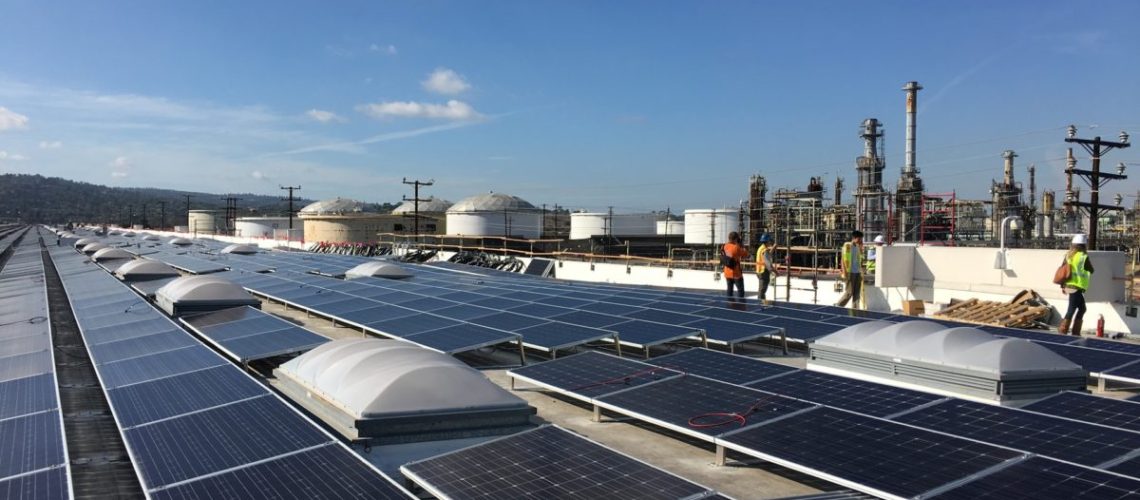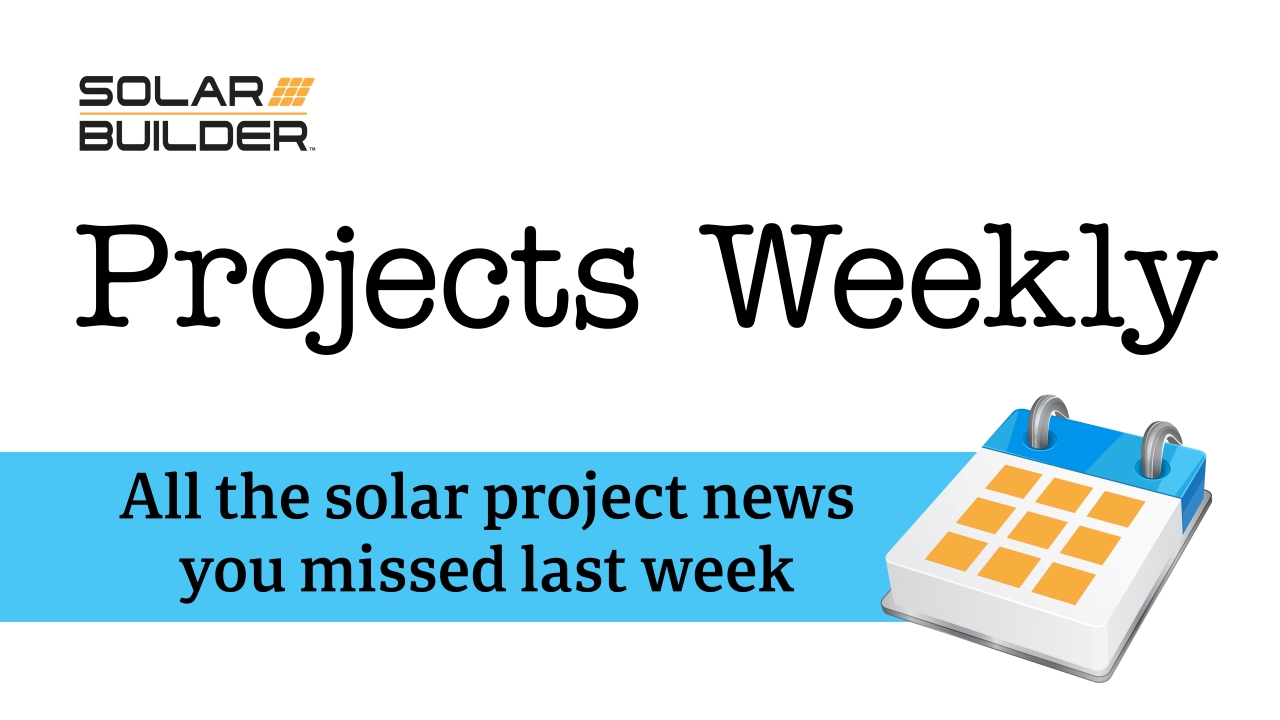Applications are now open for the Low-Income Communities Bonus Credit Program supported by the Inflation Reduction Act. The program’s goal is to expand access to low-cost and clean energy for underserved communities.
The U.S. Department of Energy (DOE), U.S. Department of the Treasury, and Internal Revenue Service (IRS) announced that applications are open for the Low-Income Communities Bonus Credit Program.
Supported by the Inflation Reduction Act, the program intends to help expand access to cost-saving clean energy projects in underserved communities with tax incentives for solar and wind projects across the country.
When combined with other incentives, solar and wind projects in low-income communities could receive as much as a 70% credit, according to Jennifer Granholm, secretary of energy. The program provides an increase of 10 percentage points to the Section 48 investment tax credit (ITC) for qualifying solar and wind energy facilities that are less than 5 MWac located in low-income communities or on Indian Land, and an increase of 20 percentage points for facilities that are built as part of a Qualified Low-Income Residential Building Project, or as part of a Qualified Low-Income Economic Benefit Project.
The program allows for up to 1.8 GW of eligible solar and wind capacity to be allocated in credits each year. Treasury and the IRS established the program under section 48(e) to promote cost-saving clean energy investments in low-income communities, on Indian land, as part of affordable housing developments, and benefitting low-income households.
“The Low-Income Communities Bonus Credit program will help community-based projects deliver direct benefits to families, making solar and wind energy more affordable and more accessible — revitalizing communities and exemplifying our whole-of-government effort to support low-income and Tribal communities in their energy transition efforts,” said Granholm.
Eligible applicants can participate in the program immediately through the program’s new applicant portal. DOE is accepting applications for the initial application window over the next 30-days for the 2023 program year. After the initial 30-day application window closes, applications for 2023 will be considered on a rolling basis.
DOE’s Office of Economic Impact and Diversity is administering the Low-Income Communities Bonus Credit Program on behalf of Treasury and IRS.
Learn more about the IRS Initial Guidance Establishing Program to Allocate Environmental Justice Solar and Wind Capacity Limitation Under Section 48(e) and access important Low-Income Communities Bonus Credit Program resources on the DOE website. Additional information about program capacity, eligibility and the allocation processes can be found in the IRS Final Regulations and Revenue Procedure 2023-27.




